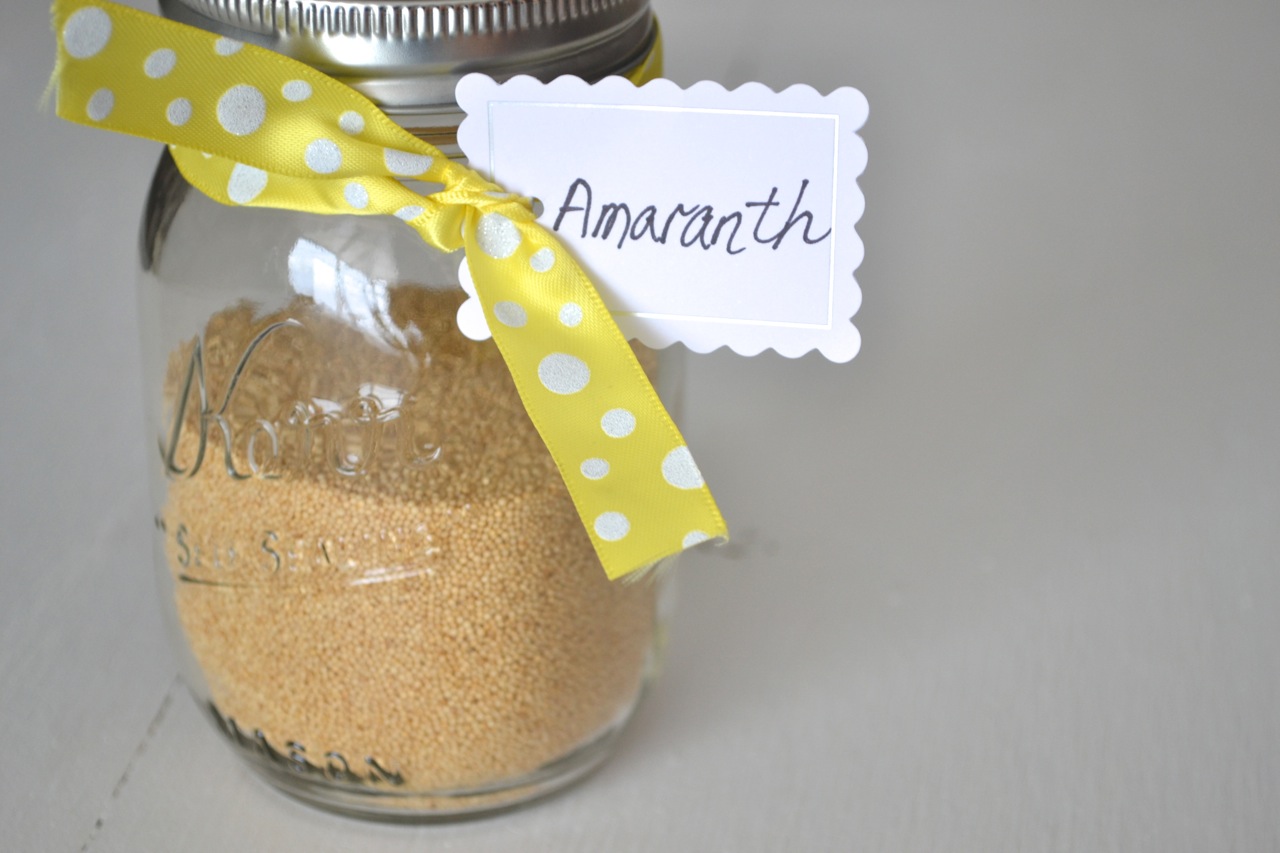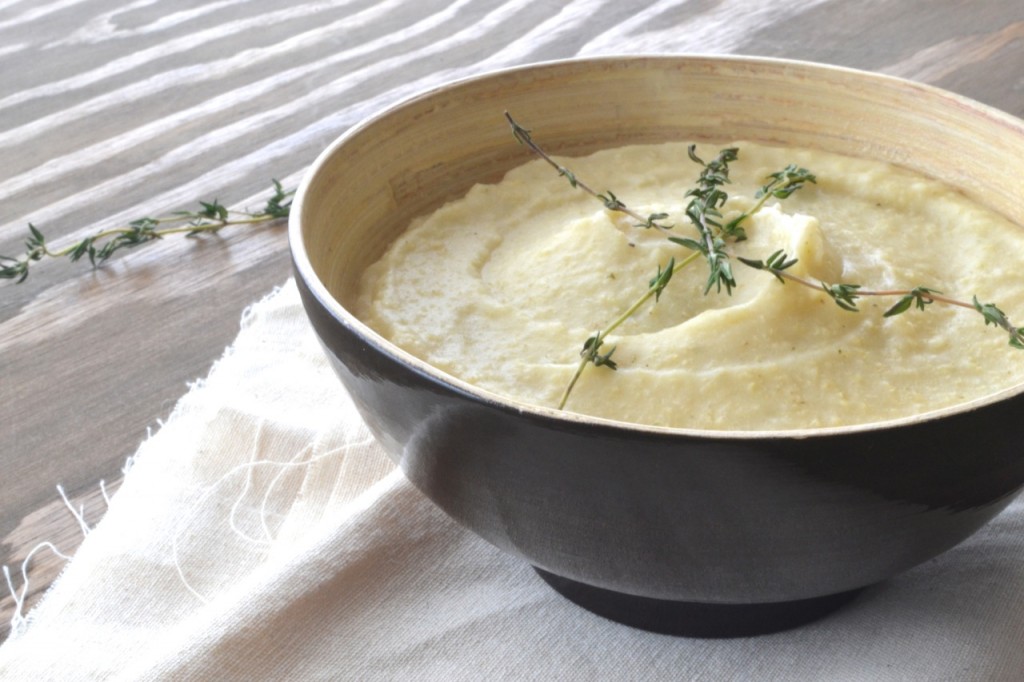It’s been one month since the New Year and I’ve spent a fair amount of time probing clients and friends about their food-related resolutions. One of the most common? A desire to cut down on refined grains. And to that, I give two thumbs up. But for such a resolution to be sustainable, it’s important to know which foods to incorporate that will be both good for the body and pleasing to the palate. Fact is, possible whole grain choices go well beyond whole grain breads and cereals, which is why today’s post is meant to motivate you to expand your whole grain repertoire and give those meals a makeover.
Grains, as found in nature, start their life whole, and provide fiber, protein, vitamins, minerals, phytonutrients and healthy fats. The refining process strips the kernel of these precious nutritional elements, which is why when it comes to grains, you really want to enjoy them whole.
A side note about whole wheat flour products (in Canada): When it comes to wheat, the mention 100% whole wheat flour does NOT ensure you’re getting a whole grain. A product may be labelled whole wheat although up to 5 % of the kernel is gone. The words “whole grain whole wheat” or “whole wheat flour with added germ” need to be displayed on the packaging.
So what are some examples of good-for-you whole grains?
- amaranth
- teff
- quinoa
- kaniwa
- oats
- corn
- millet
- sorghum
- buckwheat
- brown rice
- hulled barley*
- wheat berries*
- rye berries*
- freekeh*
- spelt *
- kamut *
- whole farro*
*(contain gluten)
Though the choices may seem overwhelming, the key to integrating new foods is to stick to recipes you already enjoy. Most of these grains can be boiled (ratio of grain to water will depend on the variety) and then added to your favorite dishes or prepared in familiar ways, like as a risotto or pilaf for example.
Today’s post features two ancient grains (which, by the way, are among the predicted 2013 nutrition trends) prepared in a familiar style. A big thank you to fellow RD Gloria Tsang from HealthCastle.com who sent me these lovely grains, curtesy of the newly launched non-profit Healthy Grains Institute.
Amaranth

Some facts
- Amaranth is technically a seed and a relative of spinach and beets.
- Amaranth has the highest protein content of all grains. It’s particularly rich in lysine, an amino acid normally lacking in other grains.
- It’s gluten free and safe for those with celiac disease or gluten sensitivity
- Amaranth is a good source of calcium, magnesium, iron and folate
- As a health bonus, it contains phytonutrients shown to reduce LDL cholesterol
Amaranth “popcorn”
Click here for my 6 second video on how to make amaranth popcorn. (I used the new social media platform Vine… was quite fun!)
Directions
1. Heat a dry, medium sized skillet over high heat. Once it is very hot, add 1 tablespoon of amaranth and quickly cover with a lid.
2. Shake the pan until all the seeds have popped and remove from the heat. Then repeat with another tablespoon of amaranth.
How to enjoy amaranth popcorn:
- It’s great for crusting foods and as a topping for casseroles, salads or soups
- Toss with spices like cinnamon or nutmeg and enjoy as micro-popcorn
- Enjoy on its own, like a puffed-grain cereal
- Combine with dried fruit and nuts for trail mix or a hearty yogurt topping
- Use it in homemade granola bars or fruit & nut bars for extra crunch

Creamy millet mash with cauliflower and thyme
This familiar-looking side dish is ideal for introducing an unfamiliar ingredient
Yield: 5 cups Servings: 6
Ingredients
2 tablespoons extra virgin olive oil
1 large onion, diced
2 garlic cloves, minced
1 head cauliflower, cut into florets
1 cup millet
4-5 cups low sodium broth (chicken or vegetable)
3 sprigs fresh thyme
1 teaspoon coarse salt
1/3 cup freshly grated parmesan cheese
Method
1. Heat the olive oil in a large heavy-bottomed pot or dutch oven over medium heat. Add the onions and the garlic a cook until translucent, about 8-10 minutes, stirring occasionally.
2. Add the cauliflower and millet and stir to coat. Add 4 cups of broth, to cover, along with the thyme and salt.
3. Bring to a boil, then decrease the heat to medium-low to simmer, with the lid slightly ajar, for 30 minutes, adding the remaining 1 cup of broth if necessary.
4. Once the cauliflower and millet are cooked through, remove from heat and purée with a blender or immersion blender until smooth. Add the grated parmesan cheese, fold, and serve.
How big is your whole grain repertoire? How have your resolutions held-up one month into the new year? Are you on Vine?





Love love love your millet mash! Totally healthy comfort food! Thanks for this recipe!!!
Thanks Gloria!